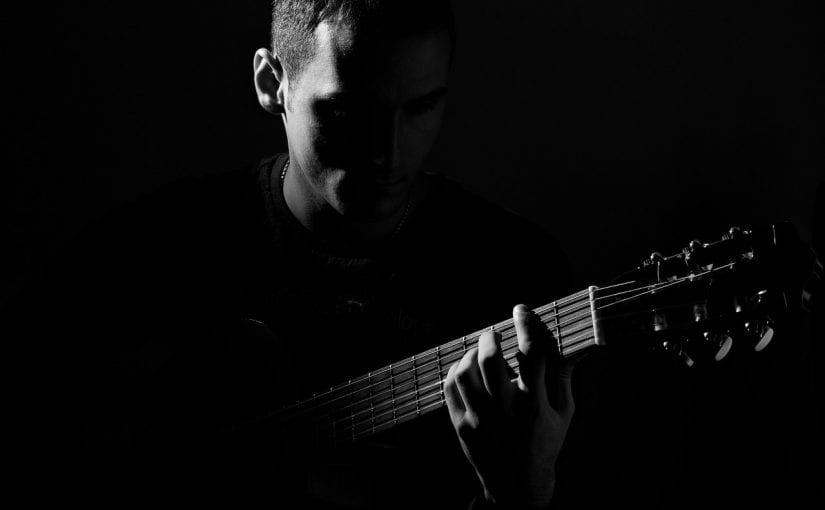With 100 years gone by, the Black Culture Blog Brooklyn brings you a close-up of the influence of the Harlem Renaissance that continues to carve a niche in the artistic realm. The period that changed through its creativity took place in the uptown Manhattan neighborhood in the 1920s.

It was a time when the soul of Harlem, many famous African-American, came together to challenge the status quo in music, fine arts, and fiction. With figures like Langston Huge, Zora Neale Hurston, Bessie Smith, and Louis Armstrong leading the movement, the stride broke stereotypes and turned the neighborhood into the hotbed of activism and art.
In This Article, We Will Observe The Impact The Landmarks In Harlem Had In The Harlem Renaissance….
- Alhambra Ballroom
One of the former vaudeville theaters, it was a place where countless African American jazz musicians performed in the 1920s and ’30s. Including them was Billie Holiday, a famous figure among the African-American community, who performed in the upstairs rooms at the hopping nightspot. Currently, the place hosts incarnated shows arresting the events, concerts, and dancing.
- Apollo Theater
Before this place became one of the country’s most famous venues for black performers, the place was a landmark theatre with burlesque performers who once refused to host African-American patrons. Although many have graced this place, including renaissance luminaries such as Duke Ellington, Bessie Smith, it now serves as one of the hottest places in NYC.
- Cotton Club
Cotton club, the place where Cab Calloway and Duke Ellington carved an unforgettable niche during the era of segregation, has now become a hotspot rich in the history of the black community. However, not the original building or location of the famed venue where such activities took place, this space is still on the neighborhood’s western side that focuses on jazz beat and made Harlem swing in the 30s.
- Harlem Stage
This is a local theatre company that is famous for starting in the 1970s. Although it started a couple of decades later when the Harlem Renaissance took place, this place harks back to the rich performing acts of Harlem history through the culmination of artistic performing groups. Here, one can see a dance performance, drama, jazz, and experimental performances as well. Hence, this place is the remnant of the era that continues to live.
- Minton’s
Generally known as the birthplace of bebop, this music club originated in Harlem back in the 30s. Presumably in 1938. This place hosted such musical prodigies as Ella Fitzgerald, Miles Davis, and Louis Armstrong. Although, currently, the place holds jazz performances and serves modern steakhouse cuisine to the customers.
- National Jazz Museum in Harlem
This place was founded in 1997 for two purposes. One of the purposes of this organization was to tell the history of jazz. At the same time, the other purpose of this place was to keep this musical art form alive and thriving in the contemporary community. Additionally, it also focuses on the exploration of the collection. An enthusiast can even attend lectures and witness many jam sessions.
Bottom line:
Apart from the places mentioned above, you need to visit Sylvia’s. This place has always been the go-to for many figures whenever a food scene was involved. To know more about such neighborhood social life and how all these monumental places keep the tradition of the black community alive, read Brooklyn Community Blog.
